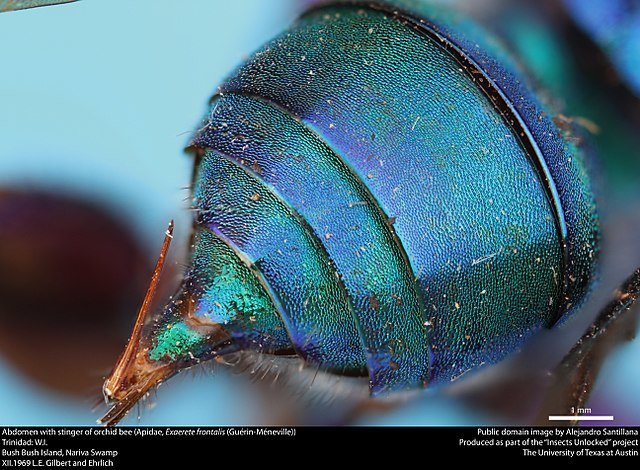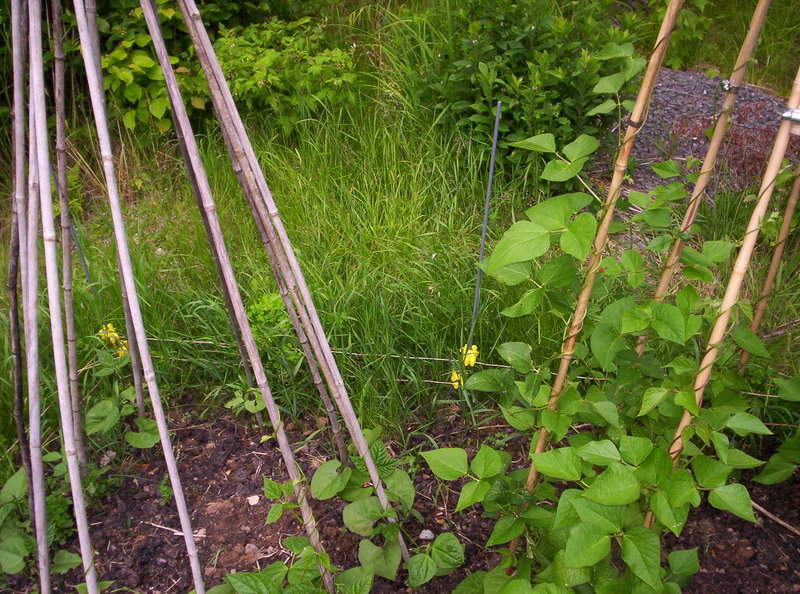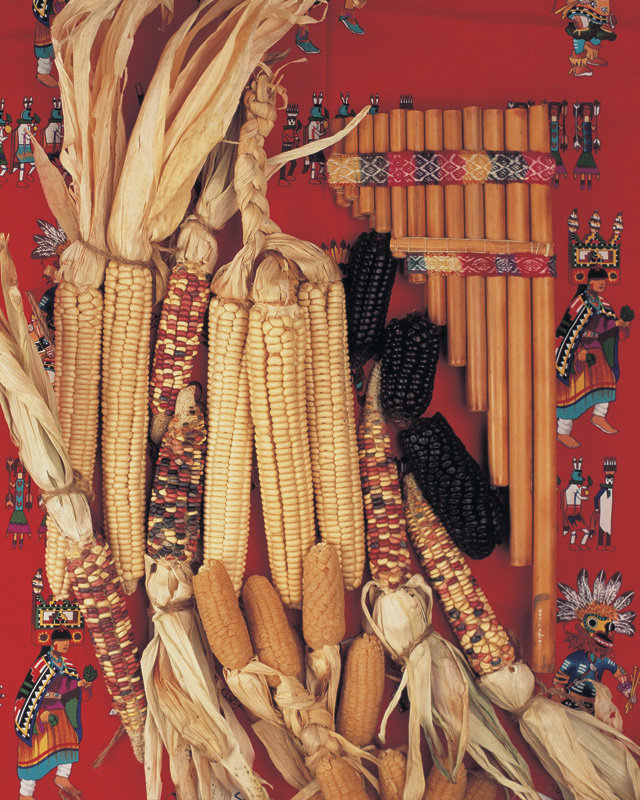July 2018
Happy Summer!
It's mid-summer already, and we're watching the weather. Most seed crops do best with dry weather at the end of the season so the new seeds can dry nicely. But too little rain means poor health and small yields.
All across the country we have volunteer seed savers growing out seeds for our Seed Library, and it seems like each one is getting different weather this year. Whether your weather is hot, cool, wet, or dry, we hope your garden is doing well and you're enjoying the best of the season.
Happy summer, and good gardening everyone!
Donate Aeroplan Air Miles!
What About Bee Stings?
 To open a discussion about pollination with school children, I ask them if they've ever been stung. In the eager telling of their stories, it often turns out to be a case of mistaken identity - it is usually an uninvited wasp to their picnic that has stung them, not a bee, and the reason I know that is that bees are vegetarian, only eating the products of flowers (nectar and pollen). On the other hand, wasps are carnivorous and not shy about sampling any meat and sugar-laced foods. However, wasps can also pollinate, plus they are important in their own right, keeping populations of aphids and other so-called garden pests low in your garden. When eating outside, it's best to keep food and drinks covered, and wipe up spills quickly.
To open a discussion about pollination with school children, I ask them if they've ever been stung. In the eager telling of their stories, it often turns out to be a case of mistaken identity - it is usually an uninvited wasp to their picnic that has stung them, not a bee, and the reason I know that is that bees are vegetarian, only eating the products of flowers (nectar and pollen). On the other hand, wasps are carnivorous and not shy about sampling any meat and sugar-laced foods. However, wasps can also pollinate, plus they are important in their own right, keeping populations of aphids and other so-called garden pests low in your garden. When eating outside, it's best to keep food and drinks covered, and wipe up spills quickly.
Maybe Runner Beans are Ambidextrous After All

In last month's ebulletin I wrote about how "Pole Beans are Right-handed, Runner Beans are Left-handed", which discussed the direction that different species of beans will wind around a pole or trellis. I got mail from that one.
Beyond my delight that people actually read our ebulletin, I learned from several readers that pole beans seem to indeed be right-handed, winding counter-clockwise when viewed from above, but runner beans don't seem to follow any particular rule. Some readers explained quite convincingly that their runner beans wound the same way as their pole beans, and even sent photos to prove it.
Iroquois White Corn: A Puzzle Piece to Heritage
 Amongst the agricultural First Nations tribes of North America, the Iroquois were some of the most advanced in their agricultural techniques. It seems fitting that there is a corn named in honour of their work on the land. This corn, named the Iroquois White Corn, was historically grown in the Ganondagan region of New York by approximately 4500 Seneca people. The corn has been grown for approximately 1400 years, but its greatest abundance was during the 17th century.
Amongst the agricultural First Nations tribes of North America, the Iroquois were some of the most advanced in their agricultural techniques. It seems fitting that there is a corn named in honour of their work on the land. This corn, named the Iroquois White Corn, was historically grown in the Ganondagan region of New York by approximately 4500 Seneca people. The corn has been grown for approximately 1400 years, but its greatest abundance was during the 17th century.
In this issue
Maybe Runner Beans are Ambidextrous After All
Iroquois White Corn: A Puzzle Piece to Heritage
Not yet a member?
An annual membership to Seeds of Diversity gives you access to our seed exchange, seed grow-out programs, and our online news.

SEEDY EVENTS
Adaptation & Integration: Emerging Models for Regional Seed Resilience
August 13, 2018 : Annapolis Seeds, Nictaux, NS
August 14, 2018 : Broadfork Farm, River Hebert, NS
Field Day: Ontario Variety Showcase & Participatory Plant Breeding with Dr Michael Mazourek
August 14, 2018
Kitchen Table Seed House, 602 Hwy 95
Wolfe Island East, ON
Seed Farm Field Tour at Fundy Farms
August 28, 2018
Edgett's Landing, Albert Co., NB
Field Day: Soil Health Management Tools & Participatory Variety Trials
August 29, 2018
Fertile Ground Farm, St. Agatha, ON
Ontario Seed Variety Showcase Garden & Variety Tasting
September 19, 2018
Everdale Environmental Learning Centre, Hillsburgh, ON
Pollinating the Seed Movement: Community Seed Organizers’ Symposium
October 30, 2018
Dalhousie Agricultural Campus, Truro, NS
We depend on donations to do our work.

Thank you for your support!
